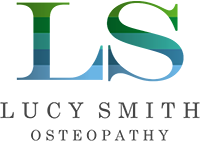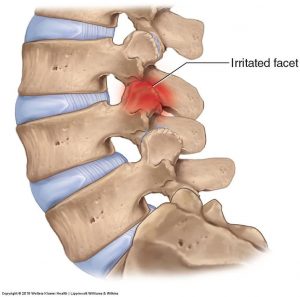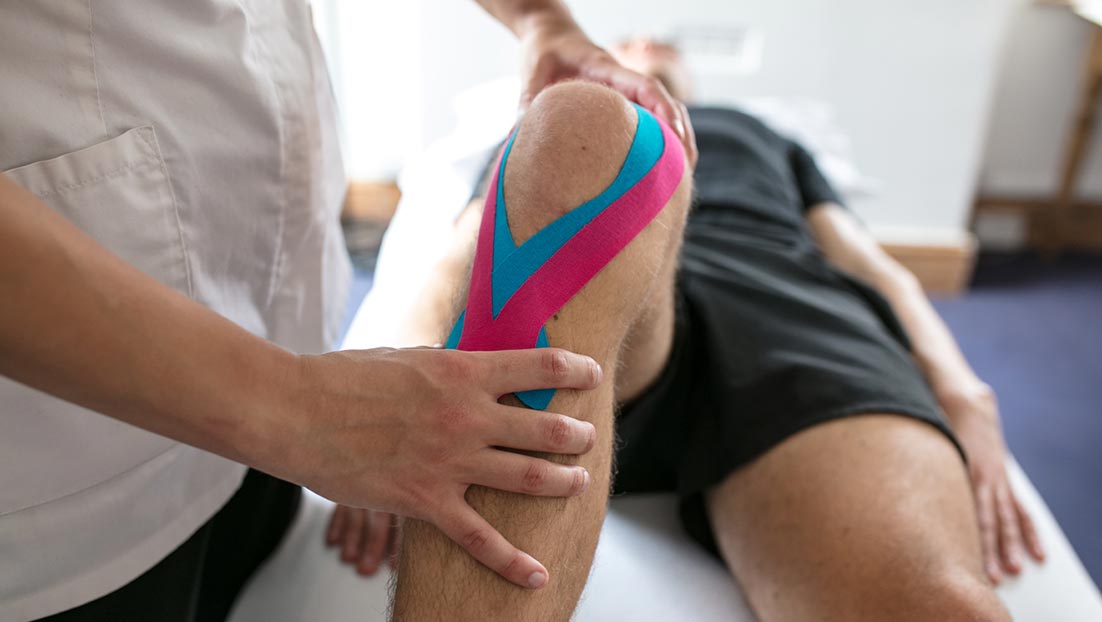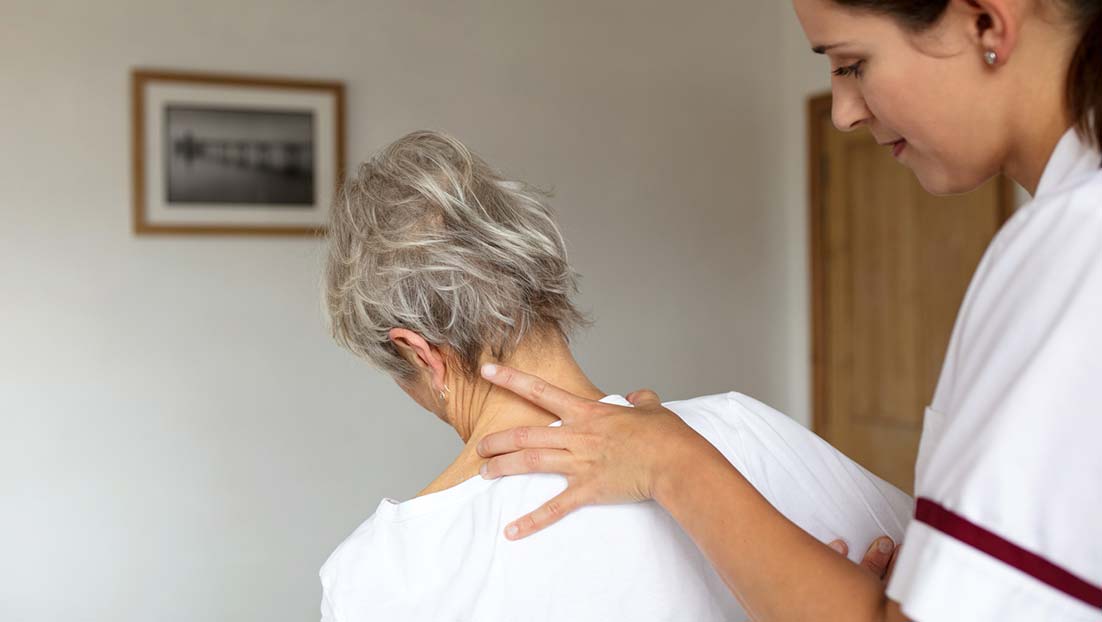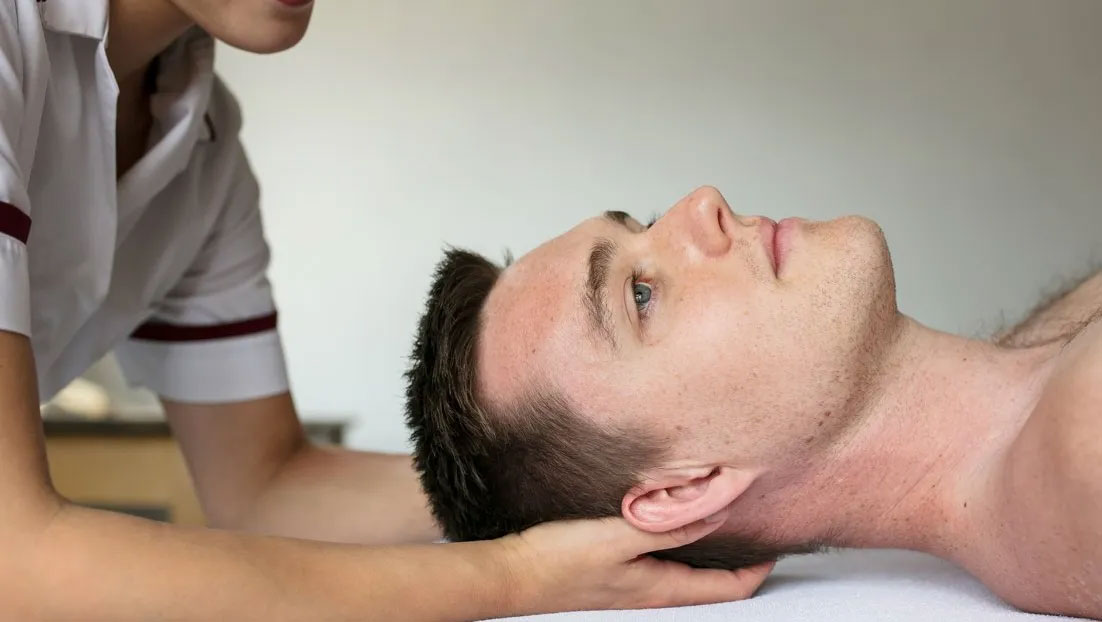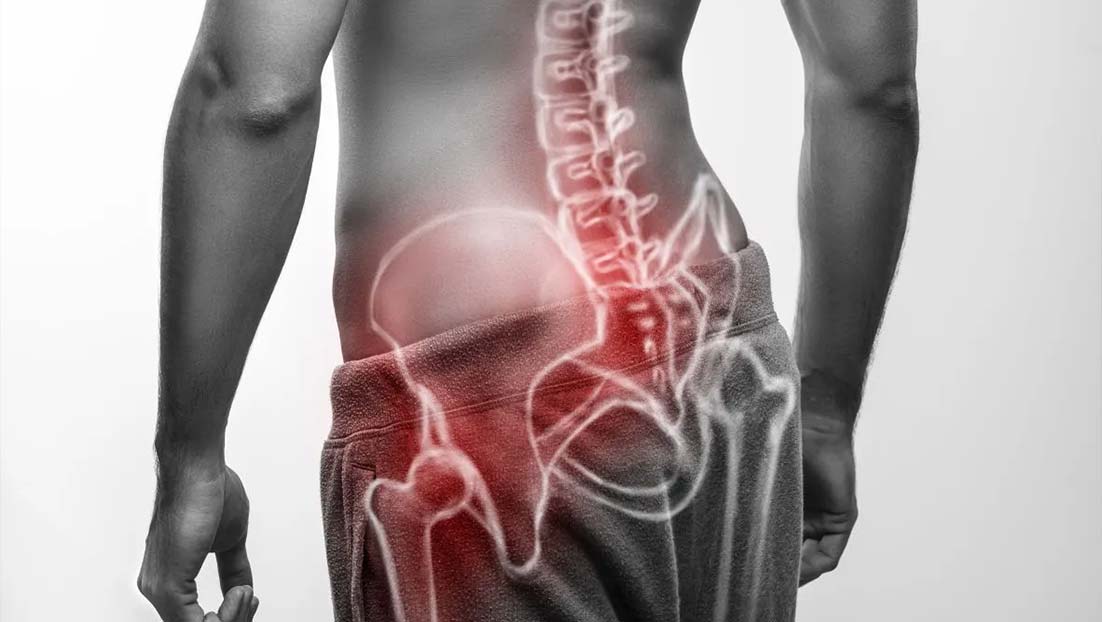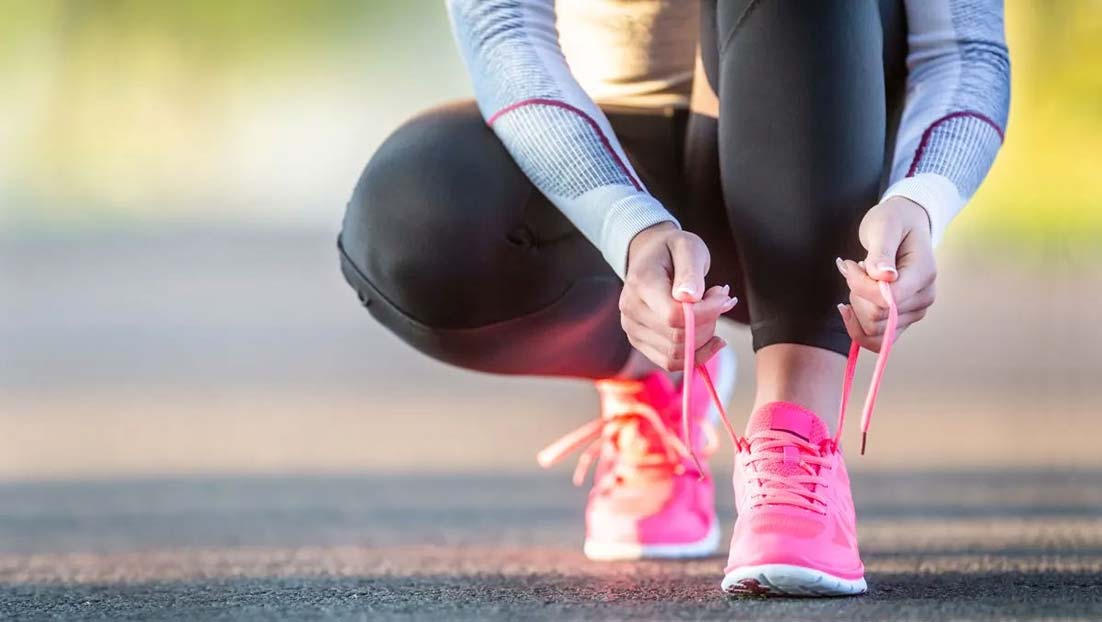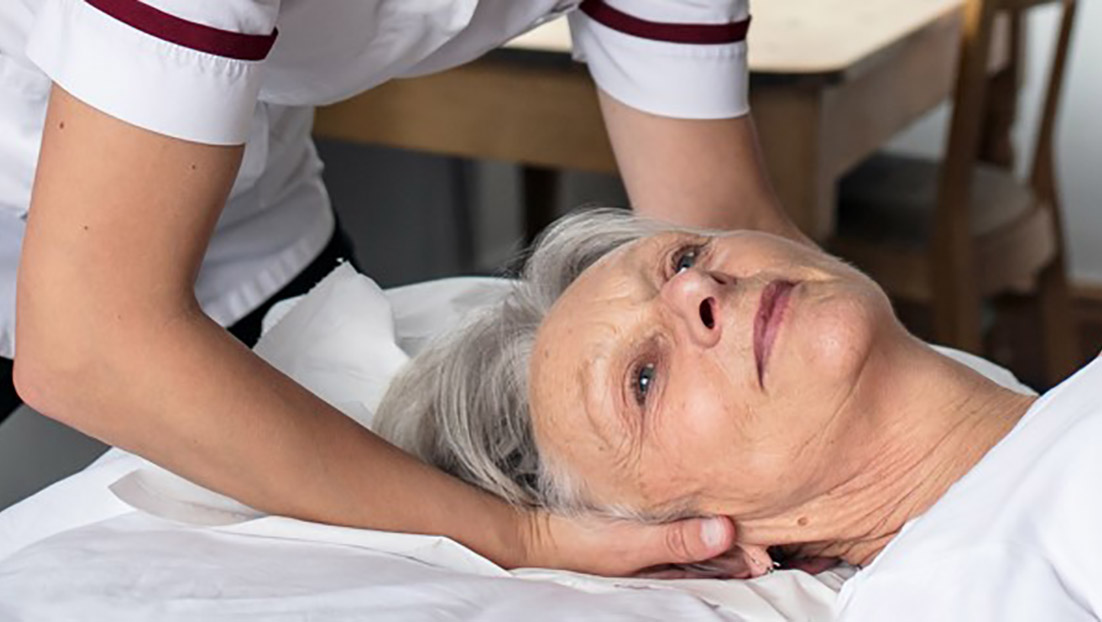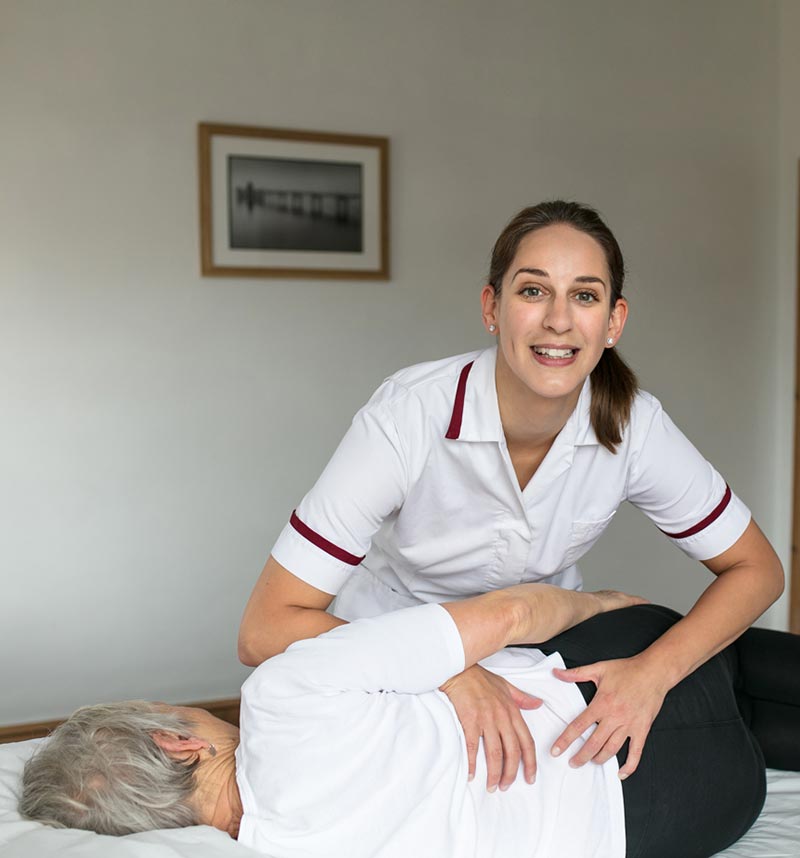
What’s going on?
Sprains and strains
Sprains are caused by overstretching or tearing ligaments, and strains are tears in tendons or muscles.
Strains can also happen in the facets – the joints at the back of the spine that link each spinal segment together and help to regulate movement of the spine. Both can happen from twisting or lifting something heavy or with poor technique. And movements like these can also trigger spasms in the back muscles, which in turn cause pain.
Osteoarthritis
This is the most common type of arthritis in the UK, affecting nearly 9 million people.
It’s most likely to affect the joints that bear most of our weight, such as the hip and knees, and often develops when people are in their mid-40s or older.
In a healthy joint, a coating of cartilage covers the surface of the bones, helping them glide and move freely against each other. When a joint develops osteoarthritis, part of the cartilage thins, and the surface becomes rougher. This means the joint doesn’t move as smoothly as it should and may start to make grinding noises. The lining of the joint capsule can also thicken and produce more fluid, causing swelling and back pain. The NHS has more information about osteoarthritis.
Prolapsed or ‘slipped’ disc
Discs sit in between each vertebra throughout the spine. They’re similar to a tyre with the outer part being a tough fibrous ring and the centre being gel-like. The discs act as a shock absorber, helping to spread the load when we lift and carry things.
Over time, this shock-absorbing capability reduces as the disc wears and loses height due to fluid loss. Small cracks appear in the outer walls and, if put under strain, the disc can start to be pushed out of shape and bulge (herniate). If the strain on the disc continues, the inside gel-like nucleus pushes through the outer walls causing a prolapsed disc (also known as a herniated/slipped disc). The prolapse can press on the spinal nerves, causing tingling, numbness, pain or power loss in the arms or legs depending on whether the problem is in the neck or lower back.
Sciatica
This is when you feel pain from the sciatic nerve, the longest nerve in the body, which runs from your lower back, down through the buttocks, hamstrings and into the lower leg and foot.
Pain is caused when pressure is put on the nerve. Either because of a prolapsed disc or because of joint inflammation or a locked facet joint in the lower spine. Sciatica can cause extreme back pain. The compression causes shock-like or burning lower back pain combined with pain through the buttocks and down one leg, occasionally reaching the foot. In the most extreme cases, symptoms may involve not only pain, but numbness and muscle weakness in the leg because of interrupted nerve signalling. Symptoms can be aggravated by coughing and sneezing, prolonged sitting, lifting and bending.
Sciatica is most common in people who are 30 to 50 years old, and with treatment it usually gets better in four to six weeks.
How can osteopathy help with back pain?
For most sprains and strains, osteopathy can help to reduce pain and inflammation, and restore a normal range of motion.
There is no cure for osteoarthritis, but osteopathic treatment can help manage the condition, reduce muscle inflammation and keep the joints supple. Regular exercise is very important, and we can give you strengthening exercises to ease symptoms.
With a prolapsed disc, the medical approach is a combination of painkillers and muscle relaxants. But osteopathic treatment can help you to live pain free more speedily. We can relax the protective muscle spasm around the painful disc and reduce inflammation to help you stay as mobile as possible. We’ll also give you advice on cold packs and stretching exercises. Around half of all people treated, see an improvement in just ten days.
Book an appointment if you’re struggling with back pain. Or if you still have questions about osteopathy and if it’s right for you, why not give us a call for a chat?
